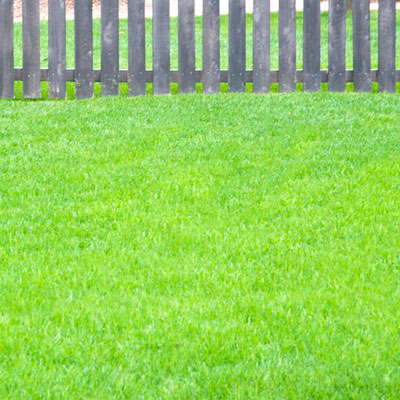Early Spring Lawn Care

People make a lot more work out of lawn care than they really need to. Here are shortcuts to success.
• Scalp your lawn before it starts growing vigorously. Drop the mower down by one or two notches. Bag the clippings, then use them in the compost. (Don’t send them to the landfill.) You’ll get rid of the browned stubble as well as most of the weeds.
• Apply a pre-emergent to stop germination of crabgrass and grassburs. Independent retail garden centers will have Team or Dimension. National chain stores will have Halts. Timing should be two or three weeks prior to the average date of the last killing freeze in your area. That would be late February in South Texas, early to mid-March in the Hill Country, Central and North Central Texas and late March in far North Texas. Important note: repeat 90 days later for a full season of prevention.
• Fertilize with a high-nitrogen or (in clay soils) an all-nitrogen plant food with half or more of that nitrogen in slow-release form. For much of the state timing would be mid-April for the first feeding. Repeat on two-month intervals until October for bermuda lawns. Fertilize St. Augustine and zoysia mid-April, mid-June and early September. Buffalograss in mid-May, mid-September. Fescue mid-February, mid-April and not again until fall.
• Water deeply when you do water, then wait until soil begins to dry before watering again.
• Mow at recommended height. Common bermuda: 1-1/4 to 1-1/2 inches. St. Augustine: 2 to 2-1/2 inches. Zoysia height will depend on the variety. Fescue and buffalograss at 3 to 4 inches. Mow on 5- or 6-day turnarounds during the active part of the growing season.
• Use broadleafed weedkillers (containing 2,4-D) as needed to control non-grassy weeds such as dandelions, clover and chickweed.

